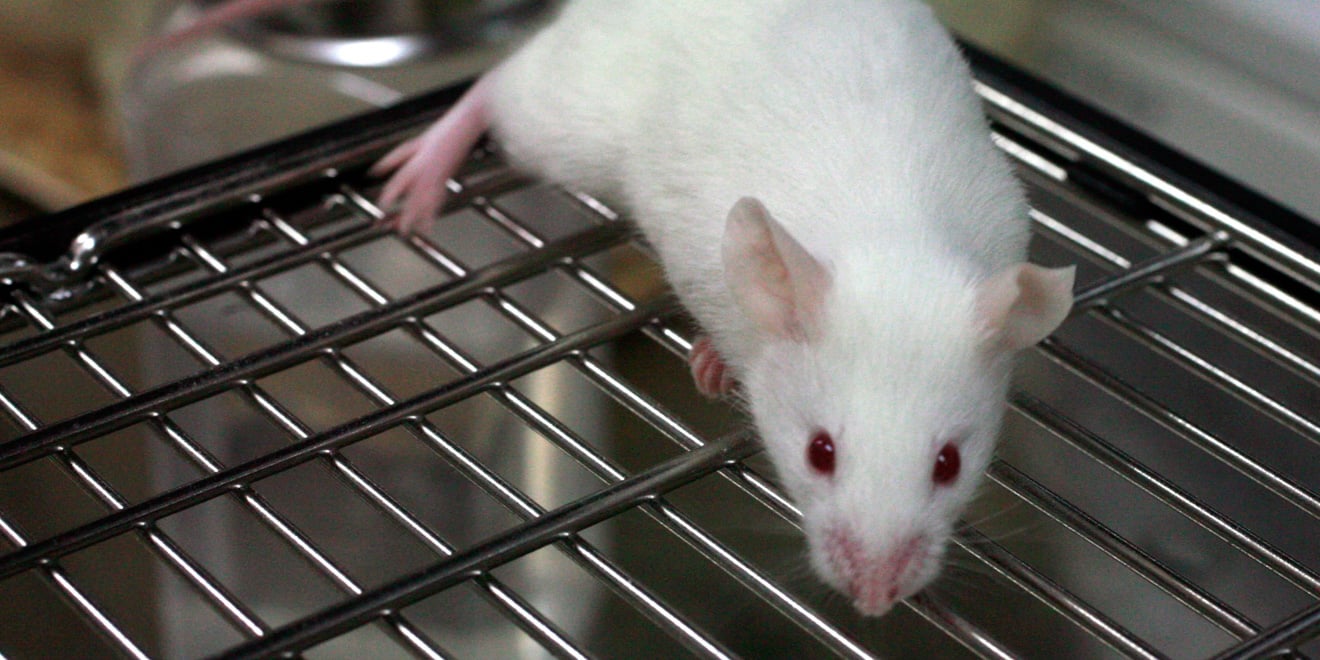A small set of nerve cells is known to trigger aggressive behavior in male mice, but Stanford researchers have discovered that environmental factors can actually override this biological activation of aggression.
The researchers’ findings suggest that under certain circumstances, social circumstances triumph over natural impulses.
The scientists found that male mice that spent between seven and 10 days in a solitary cage became aggressive when a tiny cluster of about 5,000 nerve cells called PR+ VMHvl was stimulated, even when the situation would not typically warrant aggressive behavior. According to Taehong Yang, a postdoctoral scholar and first author of the study published in “Neuron,” the aggressive mice would attack females or members of a different species — something mice rarely do under normal conditions. The aggressive male mice would even attack their own reflection when a mirror was placed into their cages.
“By activating these neurons, we thought we could activate aggression in any condition,” Yang said.
However, Yang and his fellow researchers at the Stanford School of Medicine found that activation of territorial rage differed depending on previous housing conditions: Mice reared in group houses appeared to act differently from mice reared in solitary cages. To the scientists’ surprise, the same neurological trigger did not induce aggression in socially-housed males.
“The behavior [of the mice] can be controlled by previous housing conditions and context — whether the environment is its own territory or someone else’s territory,” Yang said.
Pheromones — chemical substances released by an animal that can signal to and affect the behavior of other members of its species — also seemed to have a significant impact on aggression.
“After a series of experiments, we found that pheromones emitted by male mice actually suppress aggression from intruding animals,” Yang explained.
The researchers discovered that solitarily housed male mice would not display aggression after stimulation of their PR+ VMHv1 cells if they were alone but would exhibit aggressive behavior when confronted with a foreign object such as a mirror. Even when faced with the nonreflective side of the mirror, the mice displayed aggression. The mice also became aggressive when placed into a different cage occupied by a different aggressive, solitarily housed male mouse.
Social housing, on the other hand, appeared to have a profound effect on suppression of aggression. Socially housed male mice did not attack aggressive solitarily housed male mice when placed into a solitary housed mouse’s cage, the scientists found. The researchers attributed these results to the ability of socially housed mice to sense particular pheromones.
The study showed that pheromones released by solitary male mice inhibit aggressive behavior from a socially housed male intruder in the solitary male’s cage even when PR+ VMHvl cells are activated in the socially housed male. On the other hand, if the socially housed mouse cannot sense the solitary male’s pheromones, the socially housed male will attack the solitary resident.
Contact Kelly Yookyeong Kim at ykkelly ‘at’ gmail.com.
